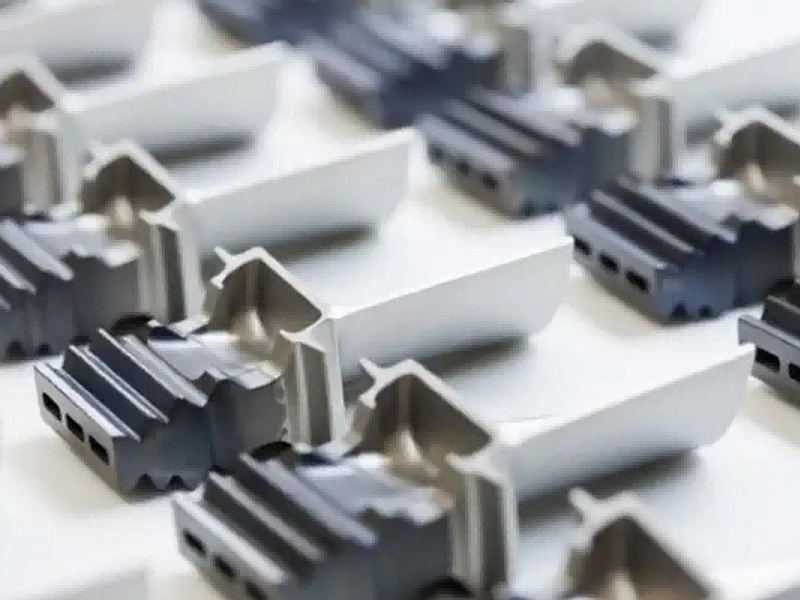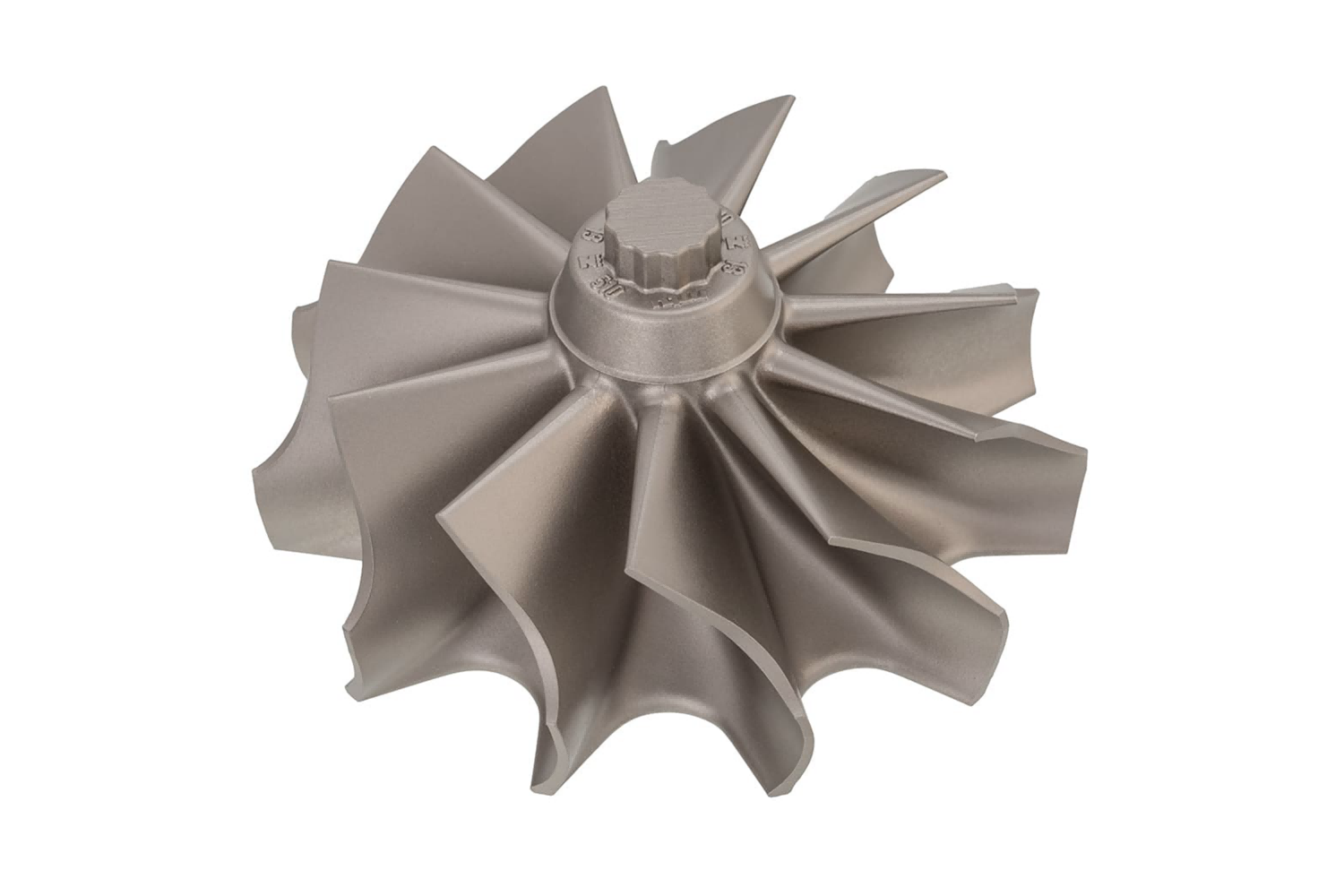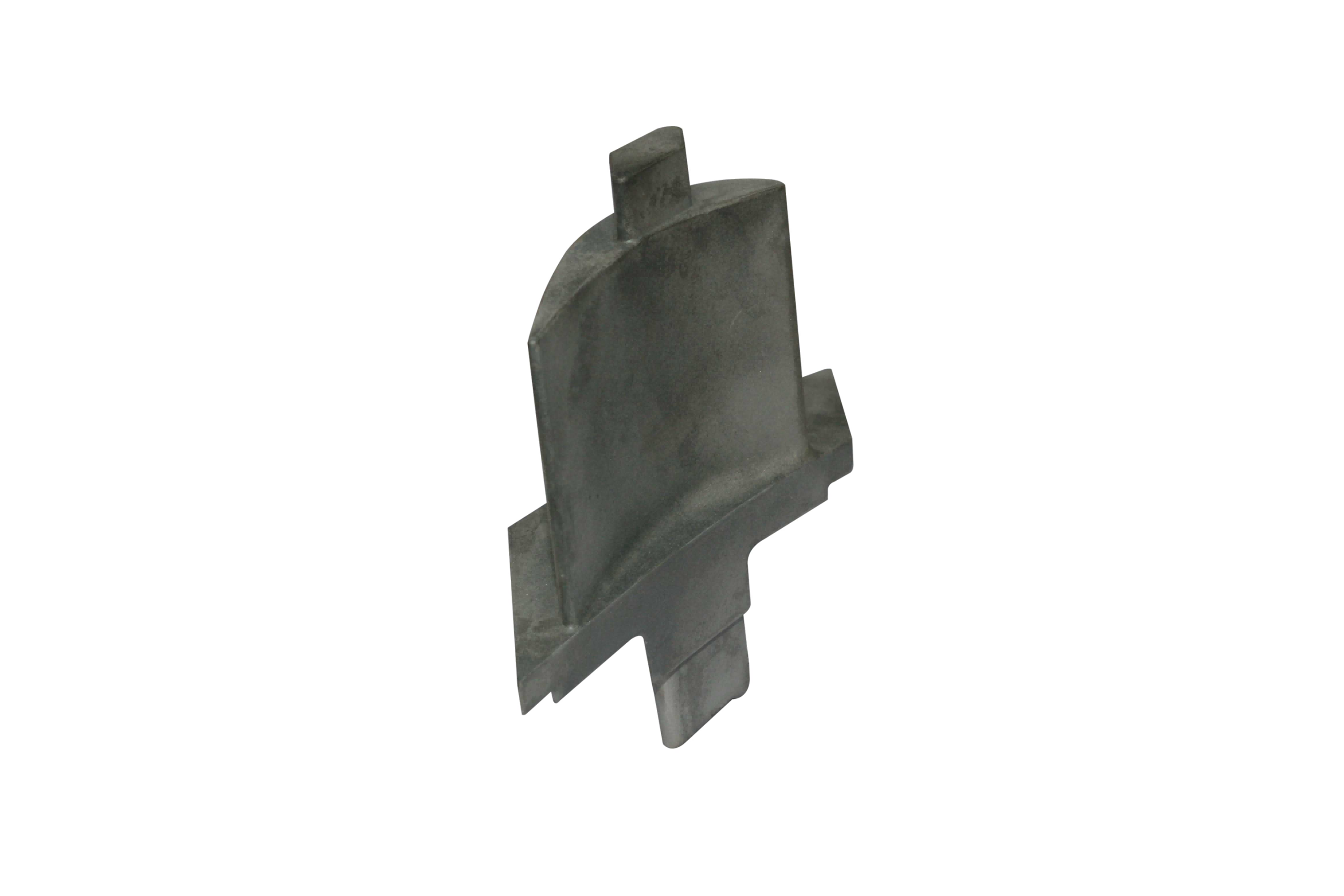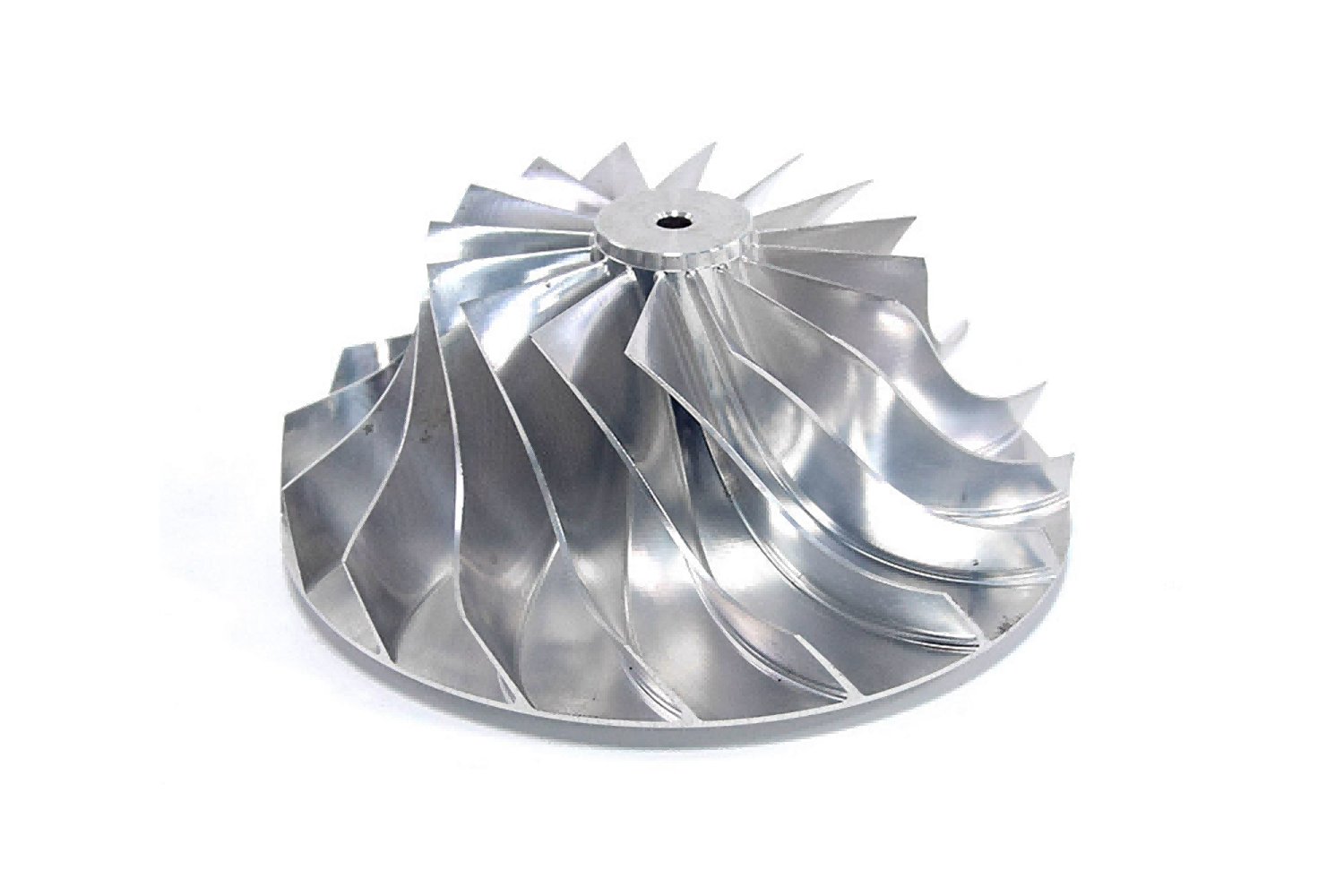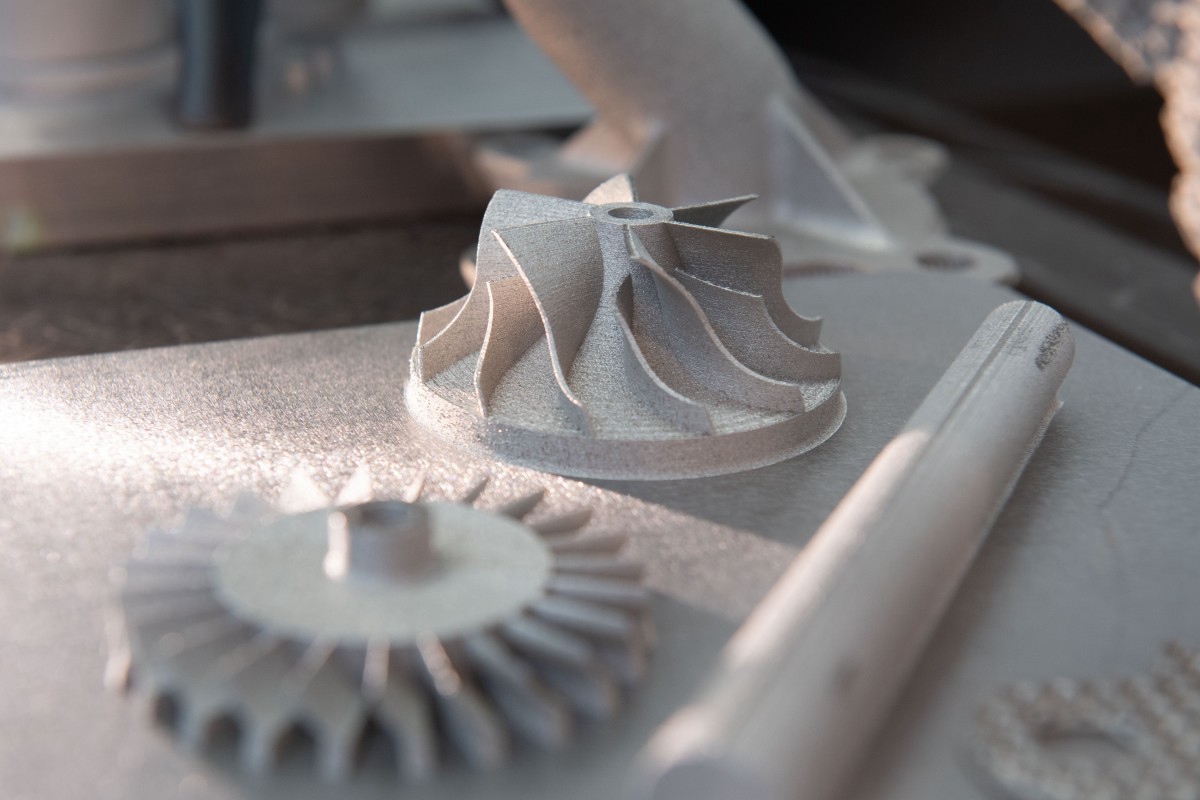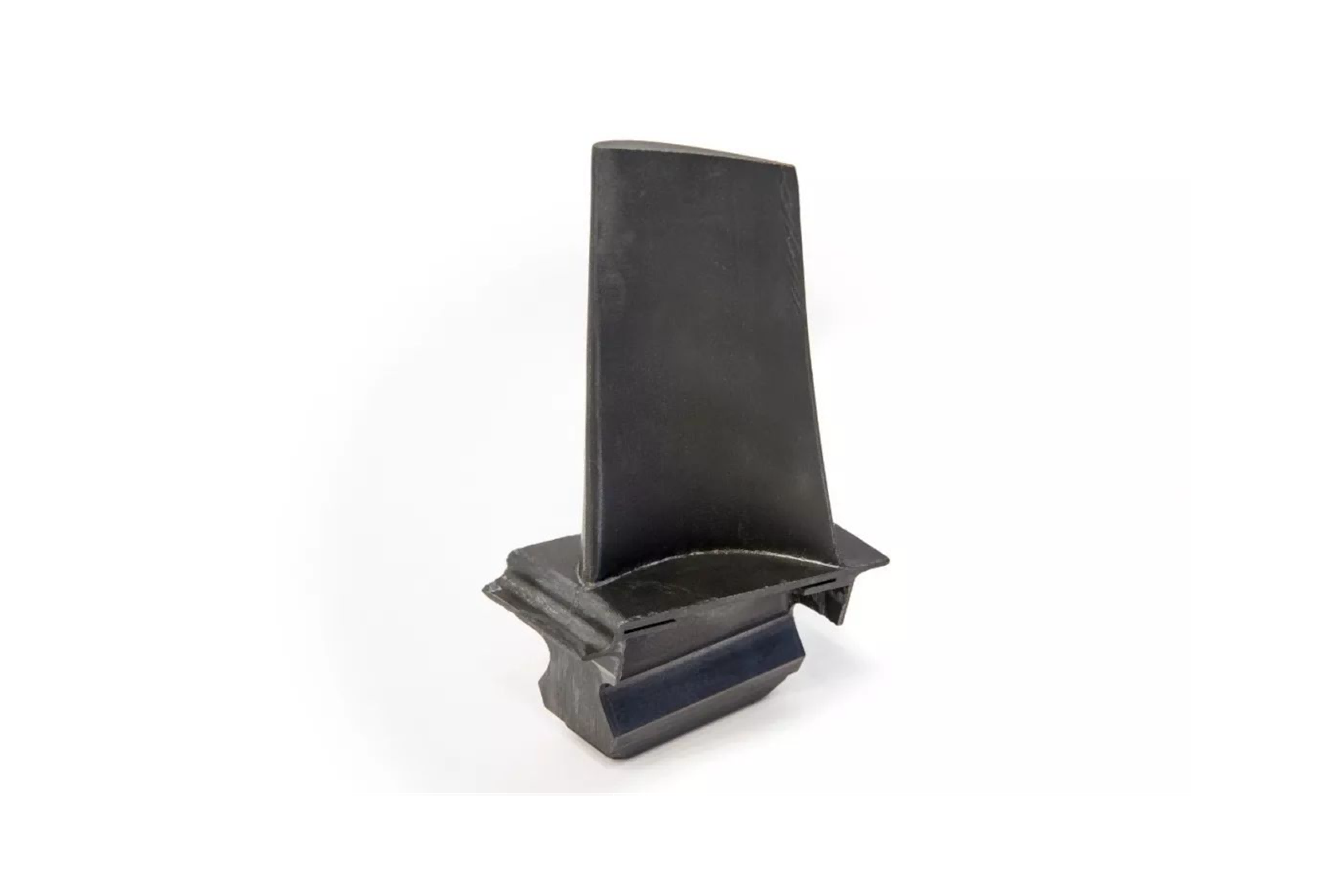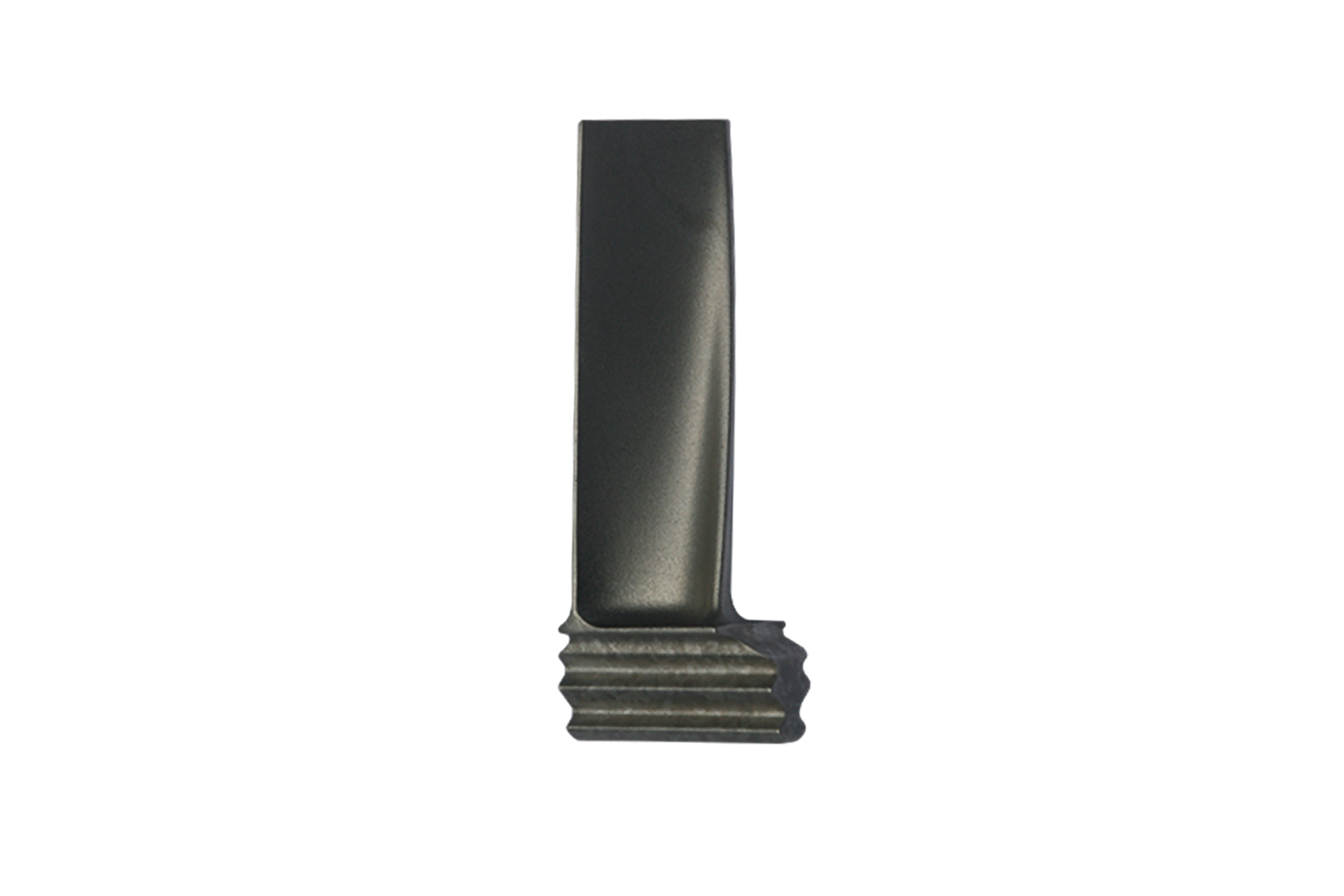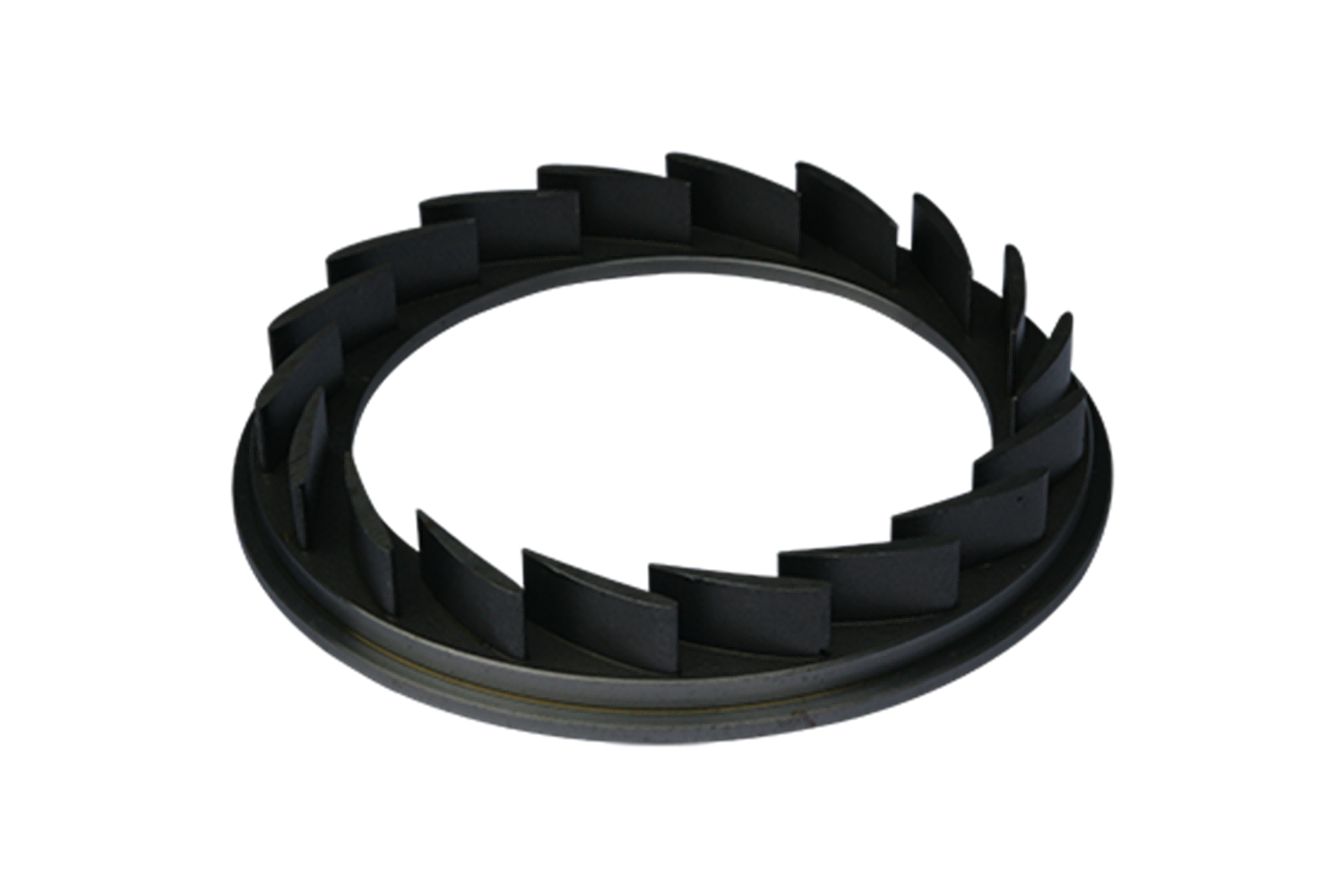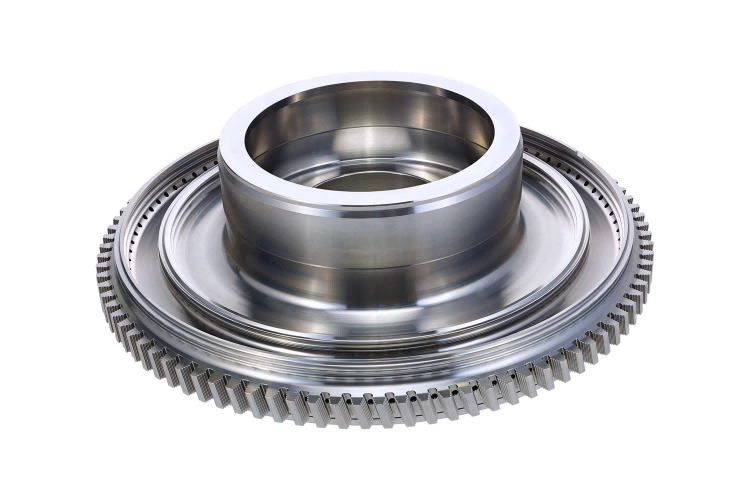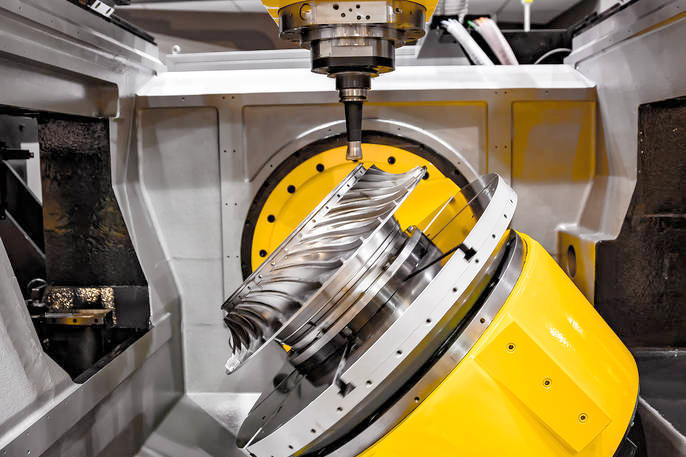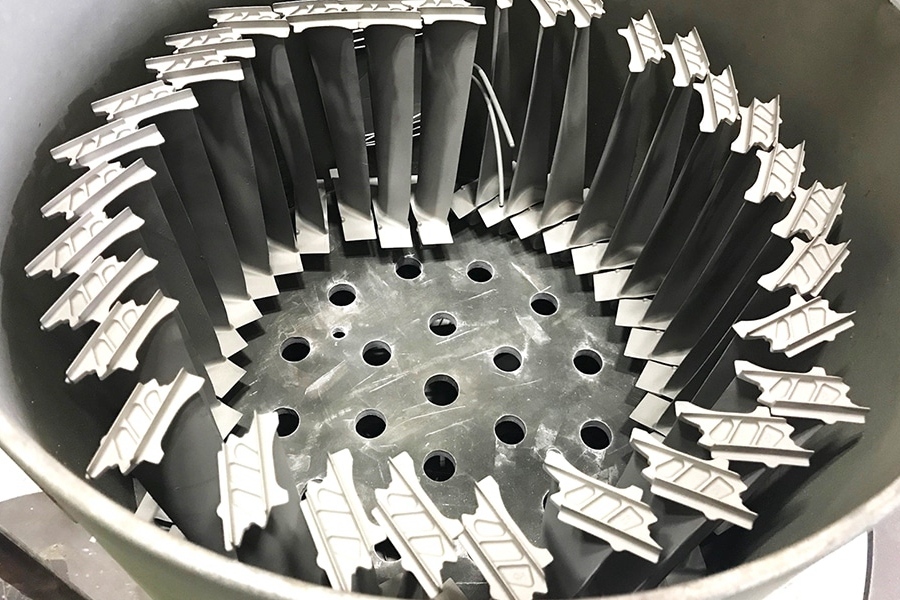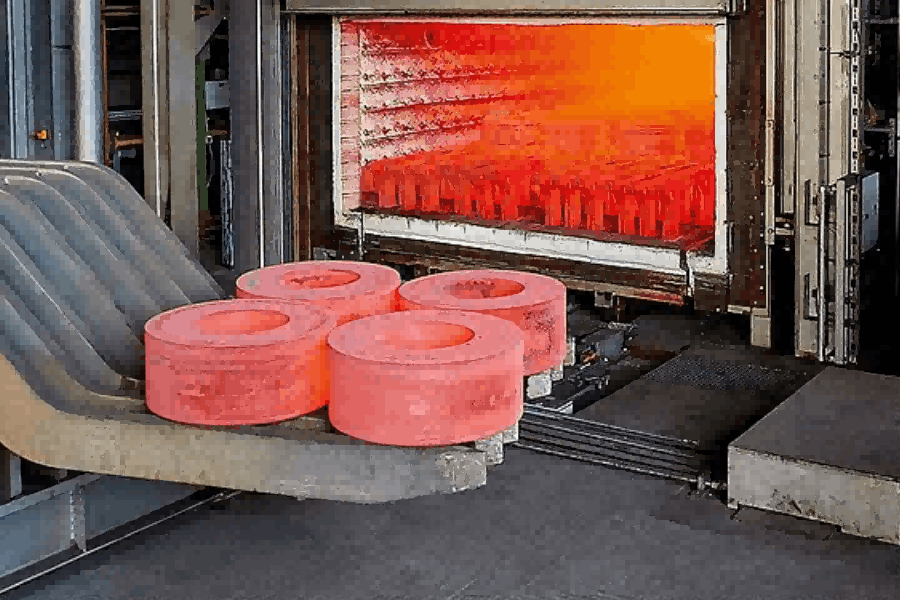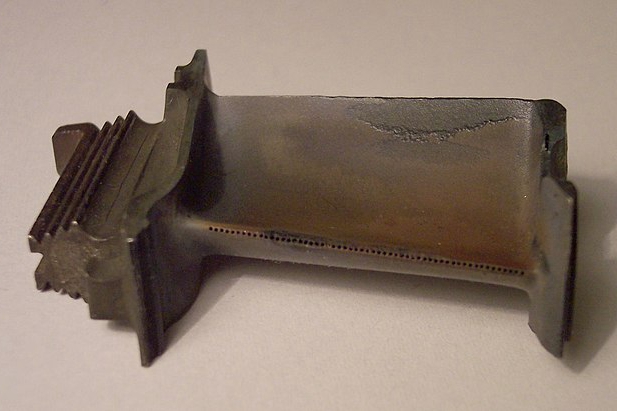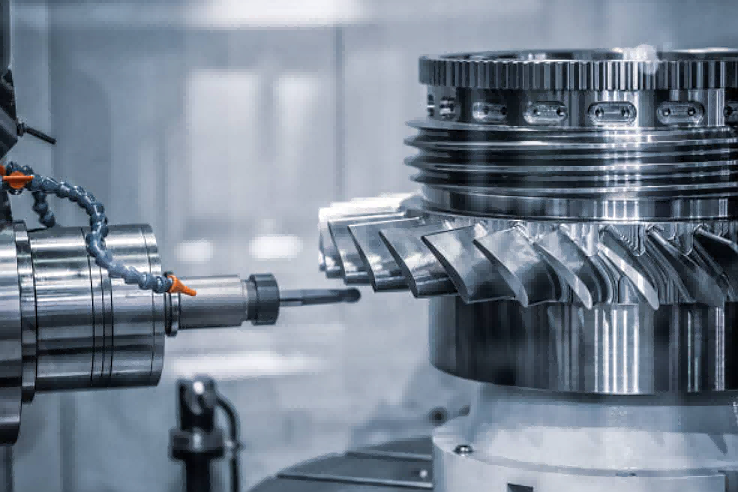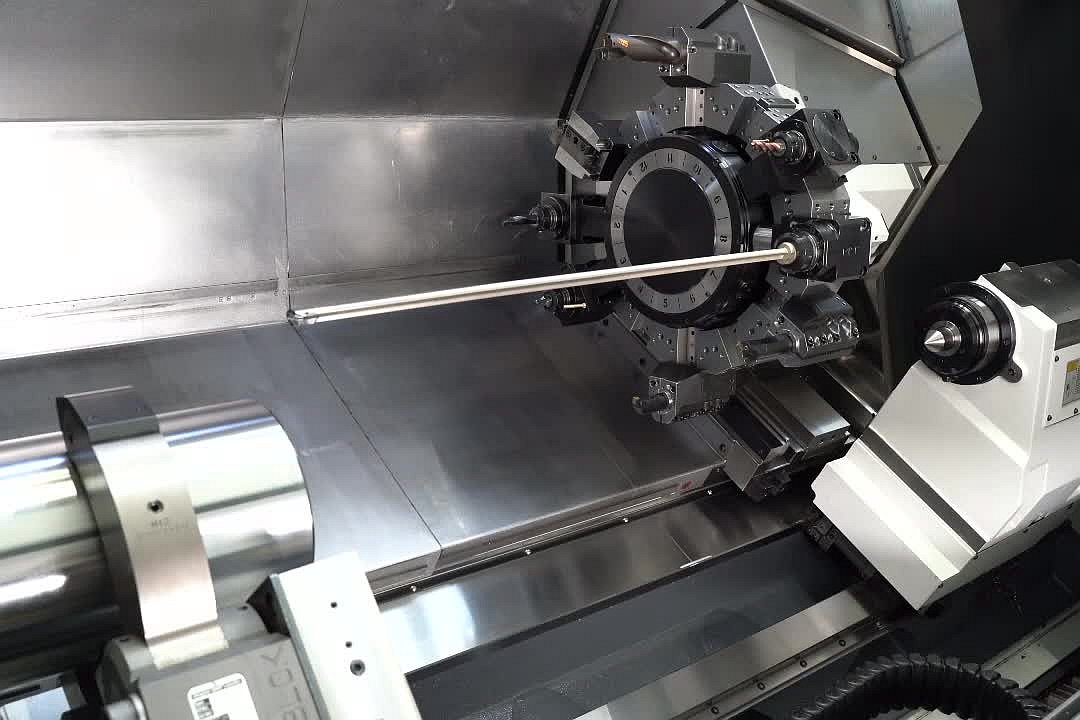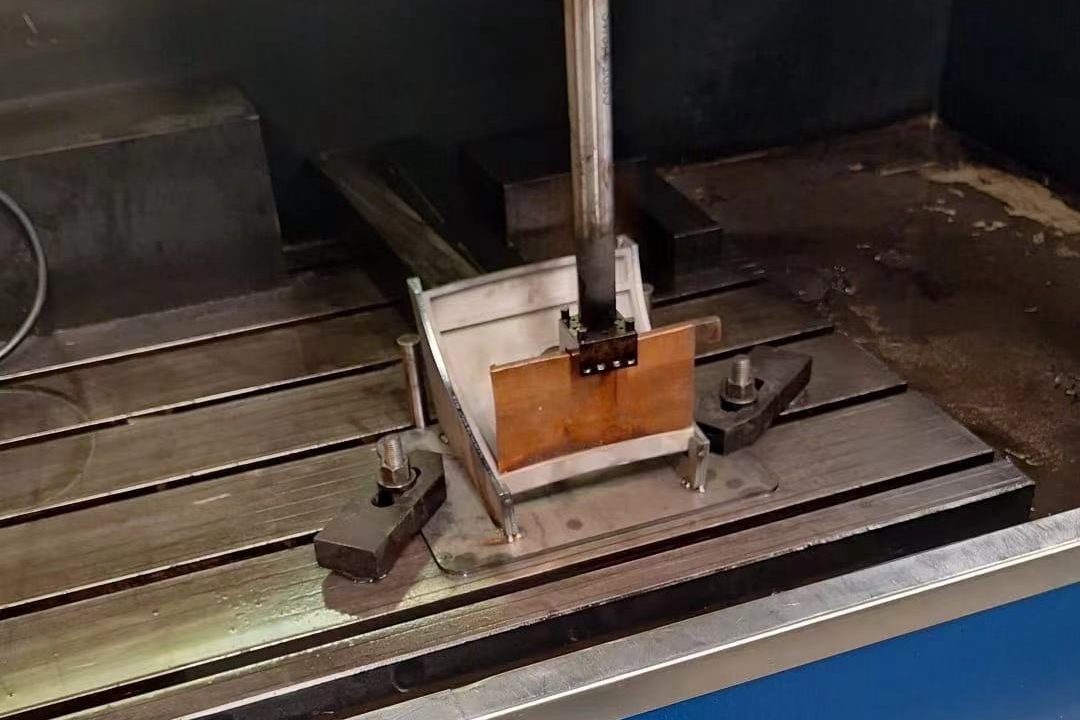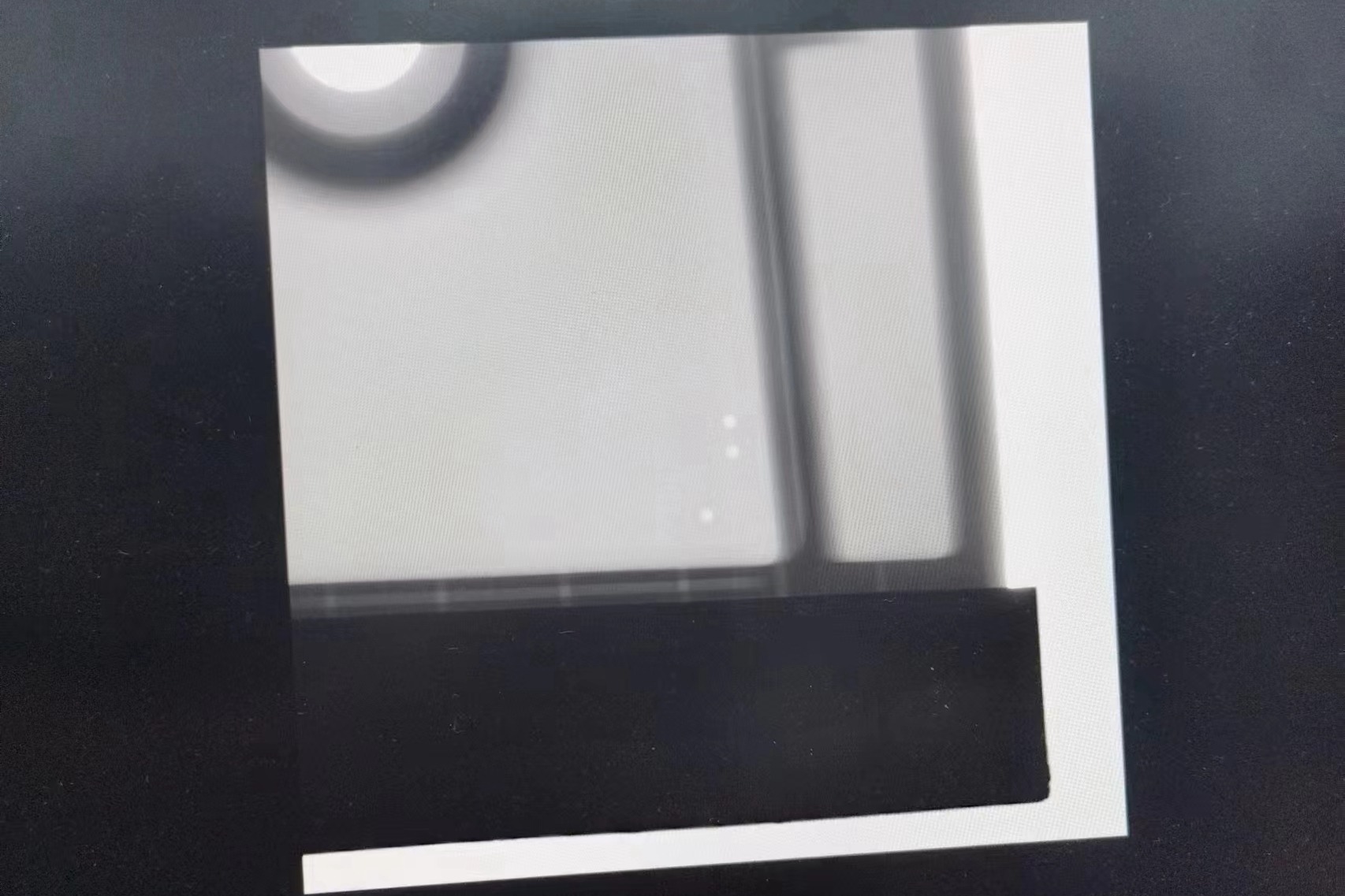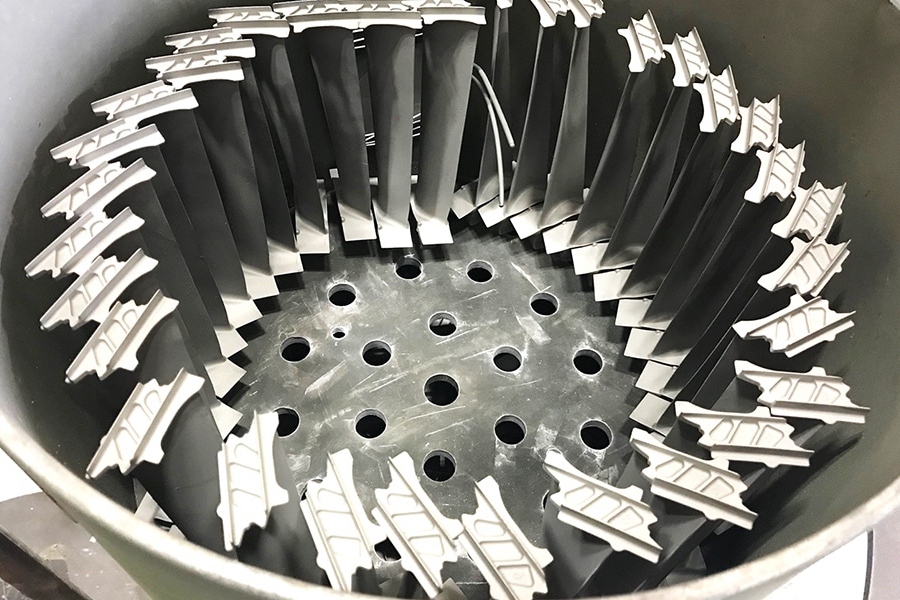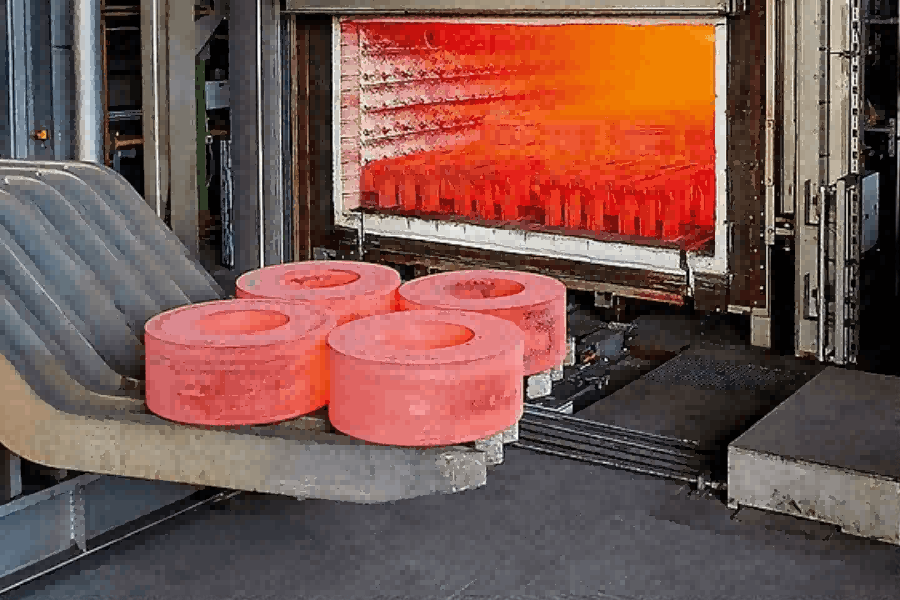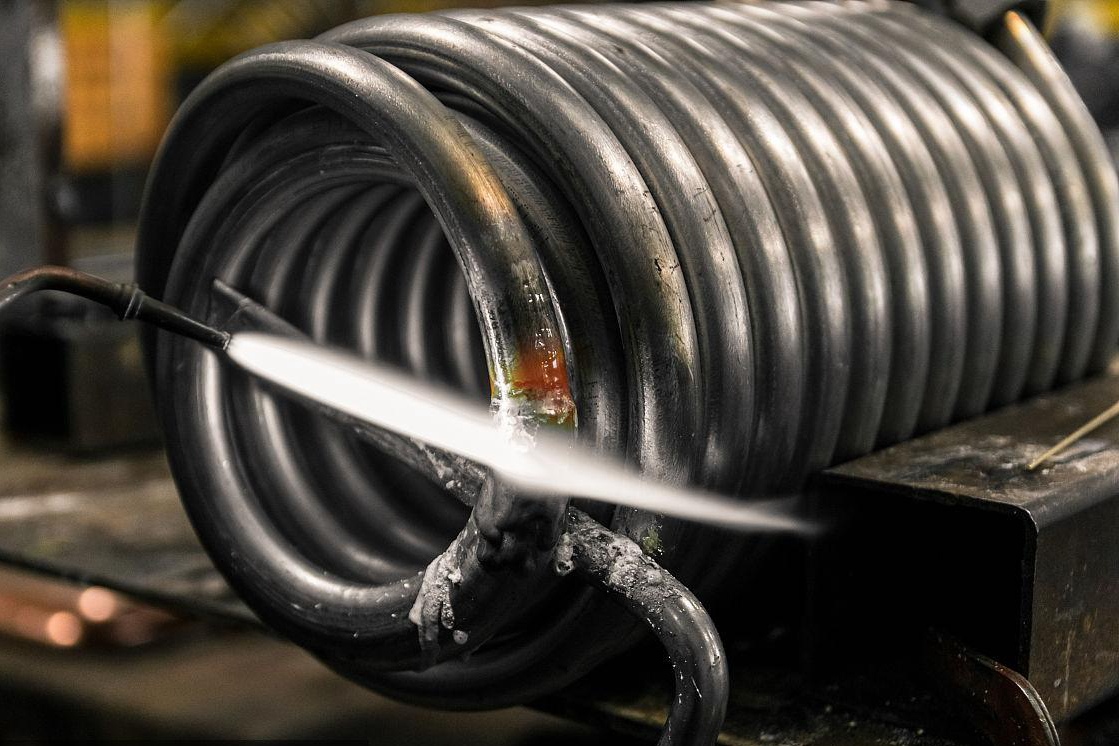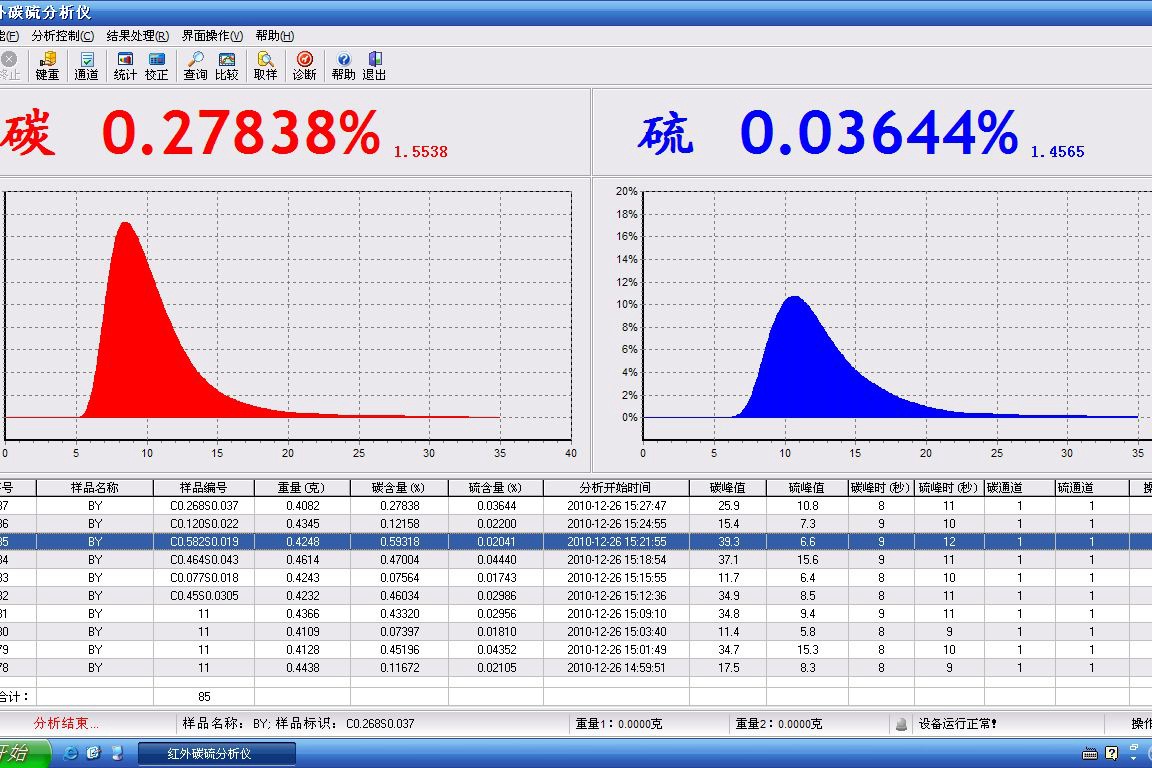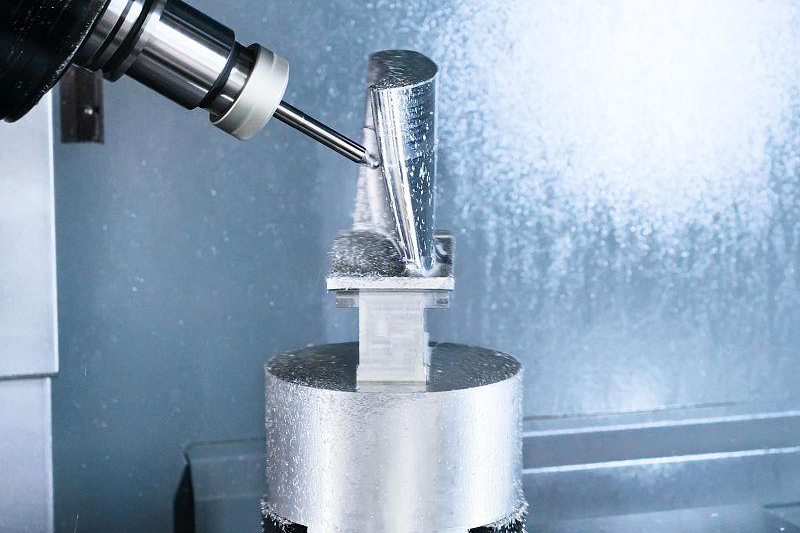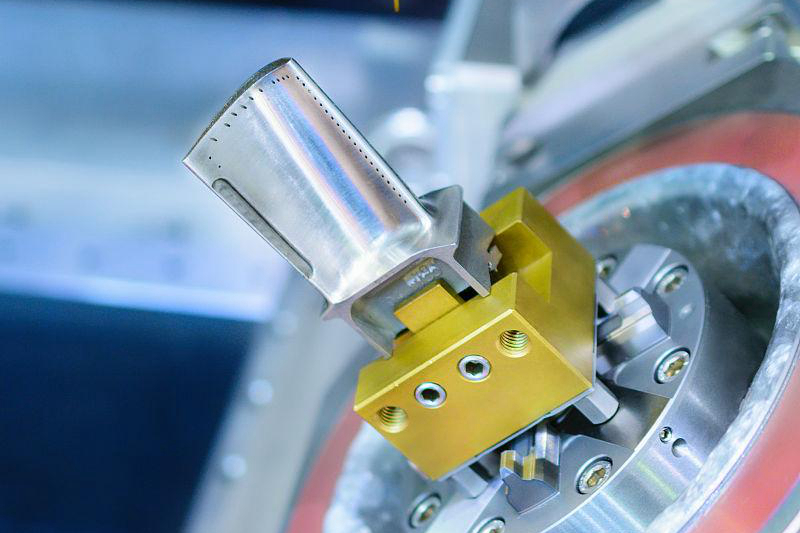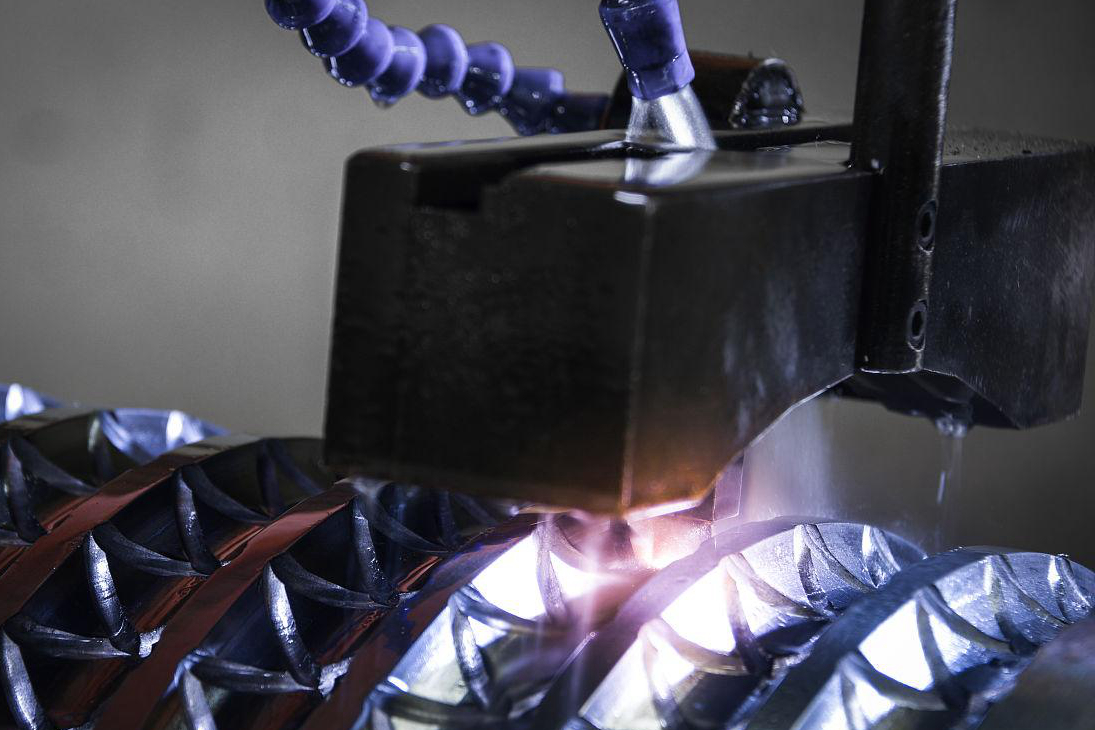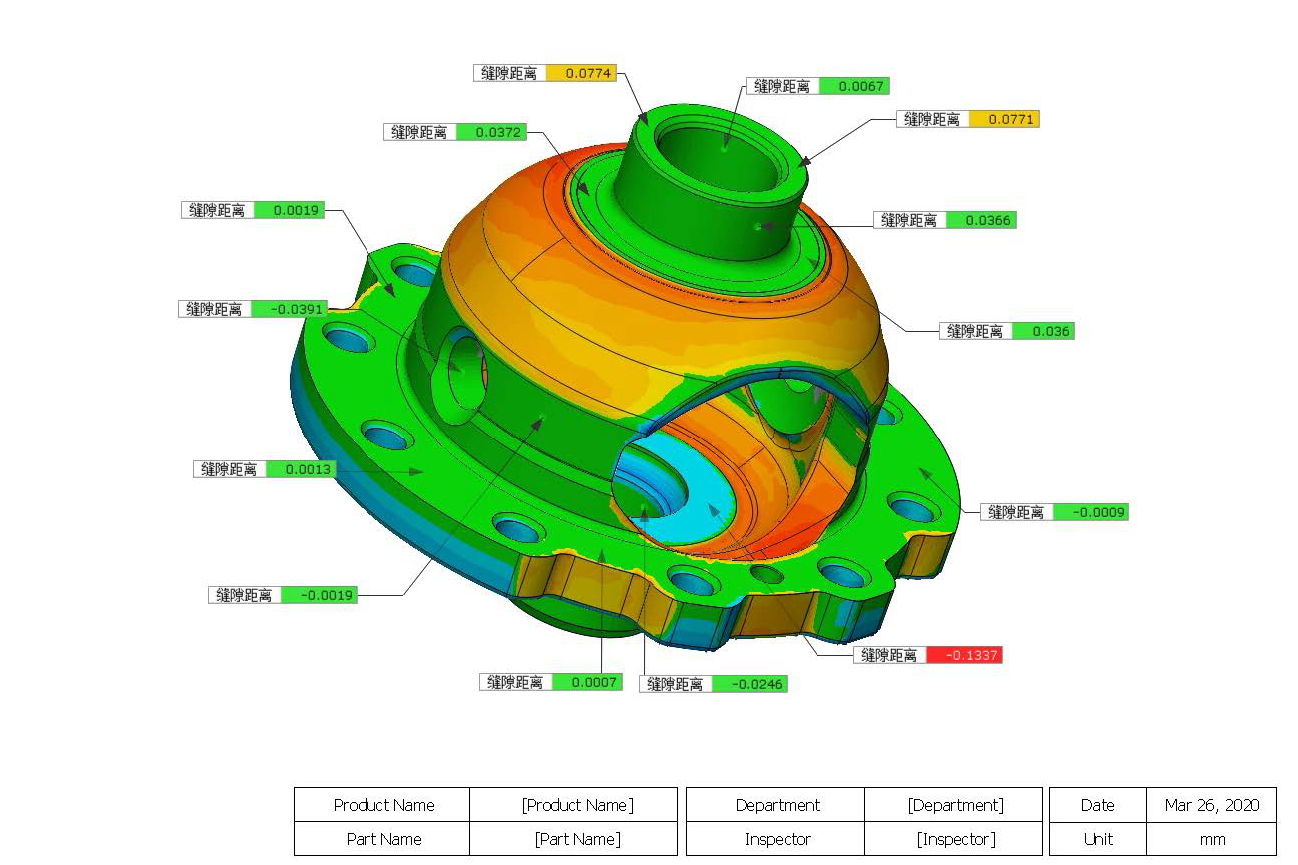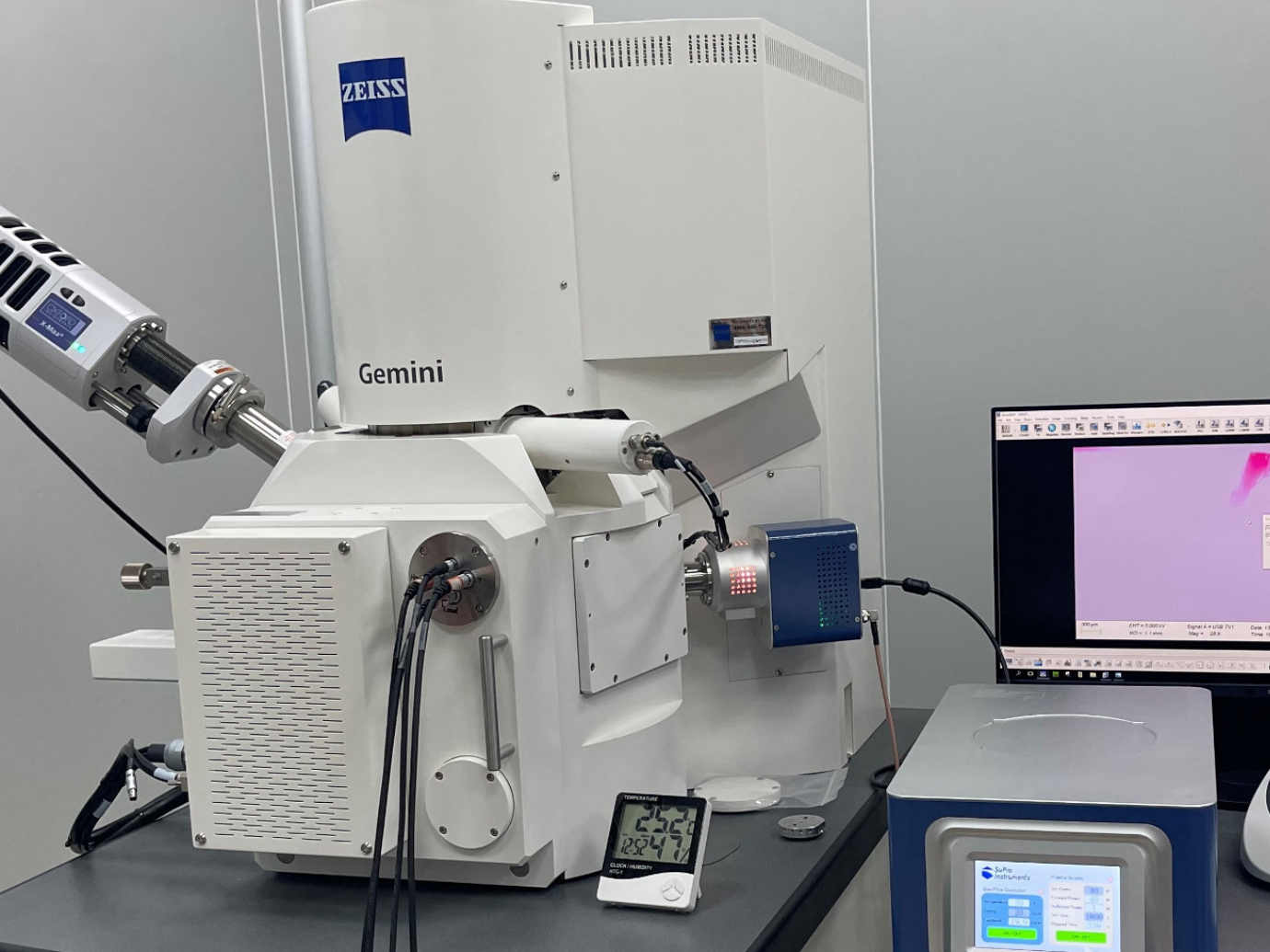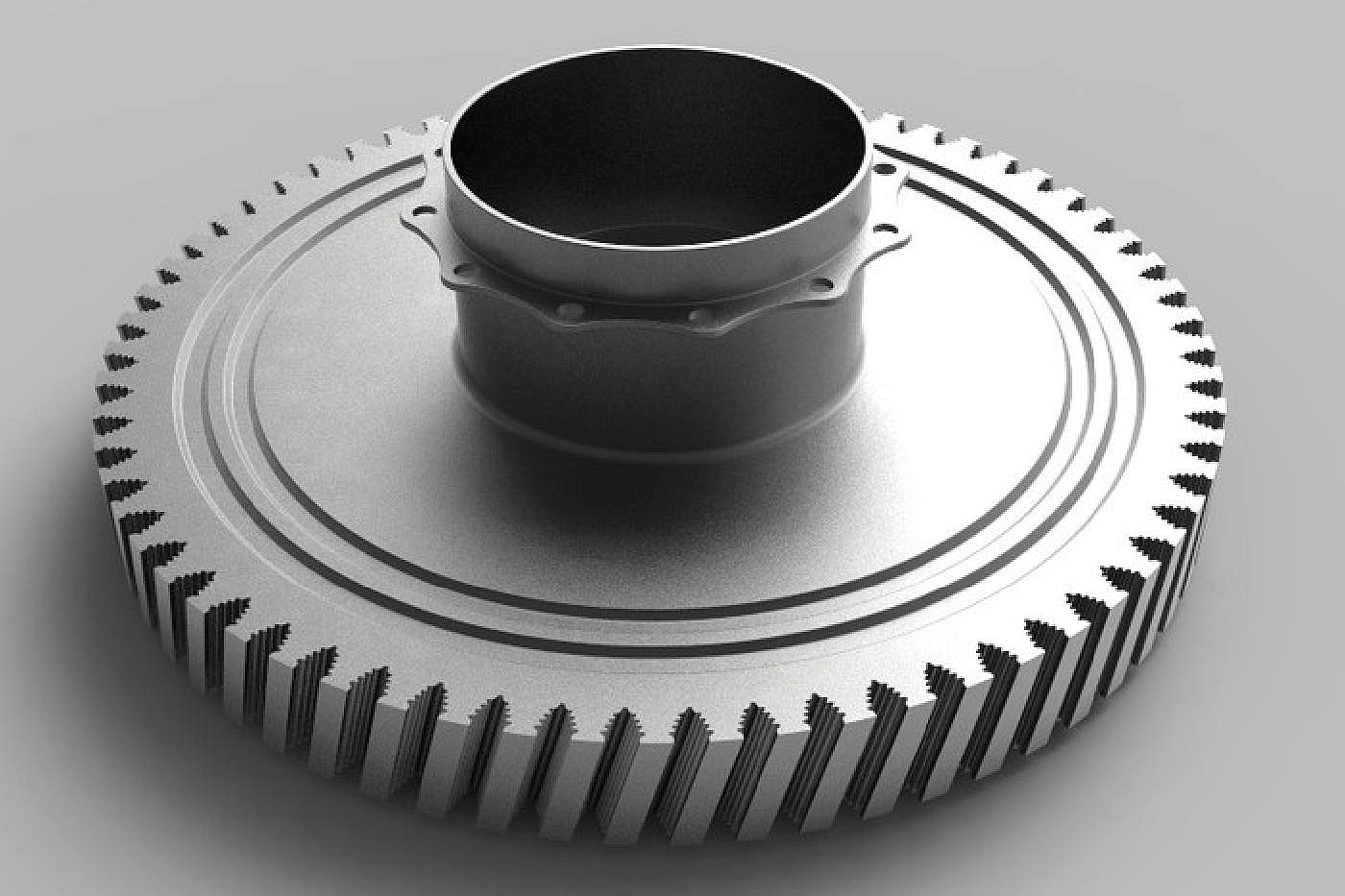Superalloy Blanks Post Process Service
Our Superalloy Blanks Post Process Service includes Hot Isostatic Pressing (HIP), precision heat treatment, advanced CNC machining, superalloy welding, deep hole drilling, electrical discharge machining (EDM), thermal barrier coating (TBC), and comprehensive material testing for optimal performance and durability.
- We Offer Post Process of following blanks:
- Vacuum Investment Castings
- Powder Metallurgy Parts
- Precision Forging Parts
- CNC Machined Parts
- 3D Printed Parts
- Superalloys: Inconel alloy, CMSX Series, Monel alloy, Hastelloy alloy, Stellite alloy, Nimonic alloy, Titanium alloy, Rene Alloys, Single Crystal Alloy
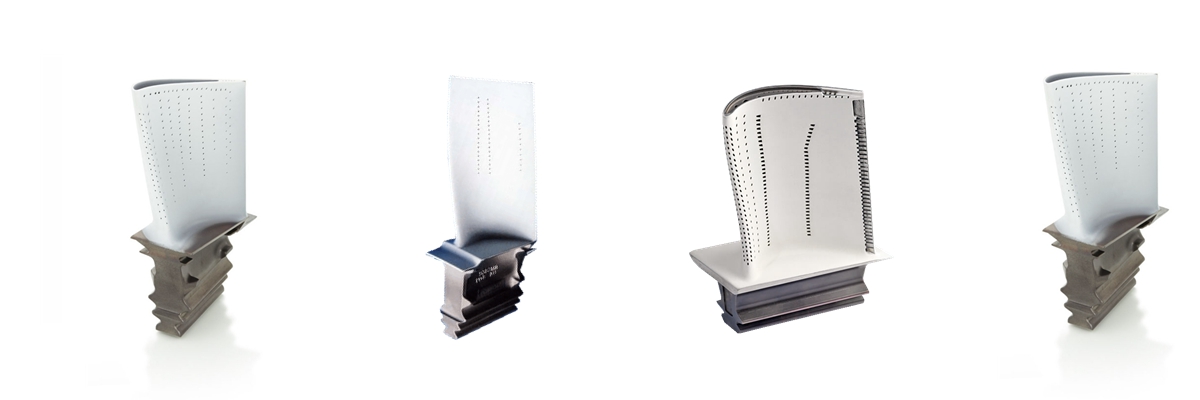
Send us your designs and specifications for a free quotation
All uploaded files are secure and confidential
Importance of Post Process on Superalloy Castings
Post-processing is essential for superalloy castings to enhance mechanical properties, remove residual stresses, and improve surface quality. Techniques like heat treatment, Hot Isostatic Pressing (HIP), and welding refine microstructures, increase strength, and extend component life. Post-processing ensures the castings meet strict industry standards, improving performance and reliability in high-stress applications like aerospace, power generation, and energy industries.
Superalloy Blanks We Manufacturing
Neway specializes in vacuum casting and forging of high-temperature alloys, including single crystal casting, directional casting, powder metallurgy and equiaxed crystal casting of high-temperature alloys. At the same time, it provides CNC machining, 3D printing rapid proofing services for high-temperature alloys, as well as post-processing processes such as deep hole drilling, EDM, thermal barrier coating, hot isostatic pressing, etc., to provide you with one-stop service.
Post Processing and Surface Finishing of Blanks
Neway provides post-processing services for high-temperature alloy vacuum castings and 3D-printed parts. For example, Hot Isostatic Pressing (HIP), Heat Treatment, Superalloy Welding, Thermal Barrier Coating (TBC), Material Testing and Analysis, Superalloy CNC Machining, Superalloy Deep Hole Drilling, Electrical Discharge Machining (EDM).
About Manufacturing Custom Superalloy Components
We specialize in manufacturing custom superalloy components tailored to your specific needs. We offer advanced casting, forging, and machining processes for complex parts like turbine blades, impellers, and combustion chambers. Our expertise ensures exceptional strength, thermal resistance, and corrosion protection, making our components ideal for aerospace, energy, and industrial applications in extreme environments where high performance is essential.
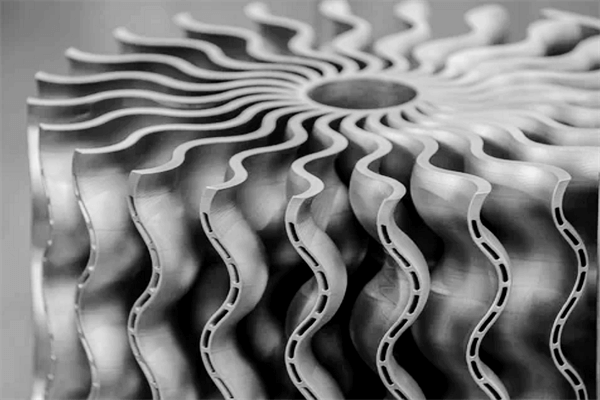
learn more
Aerospace and Aviation
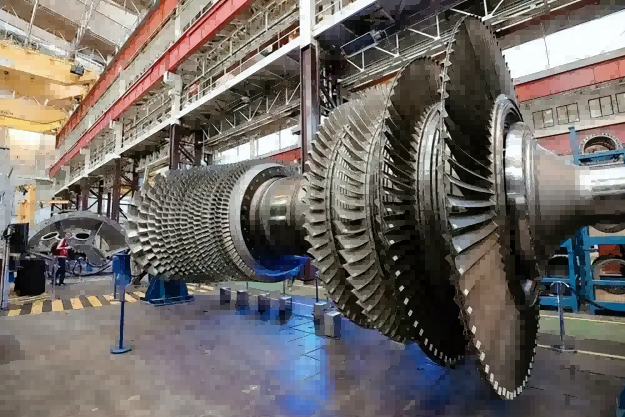
learn more
Power Generation

learn more
Oil and Gas

learn more
Energy

learn more
Marine
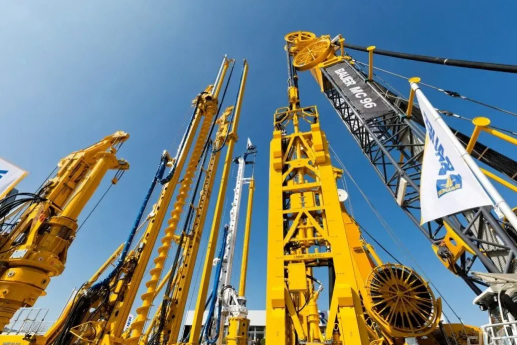
learn more
Mining
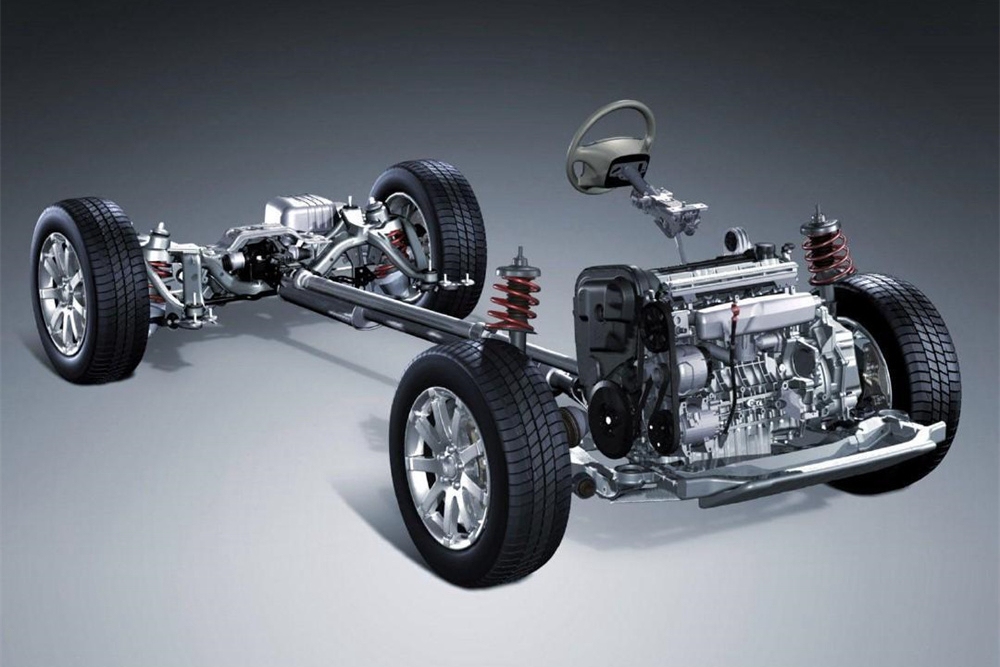
learn more
Automotive
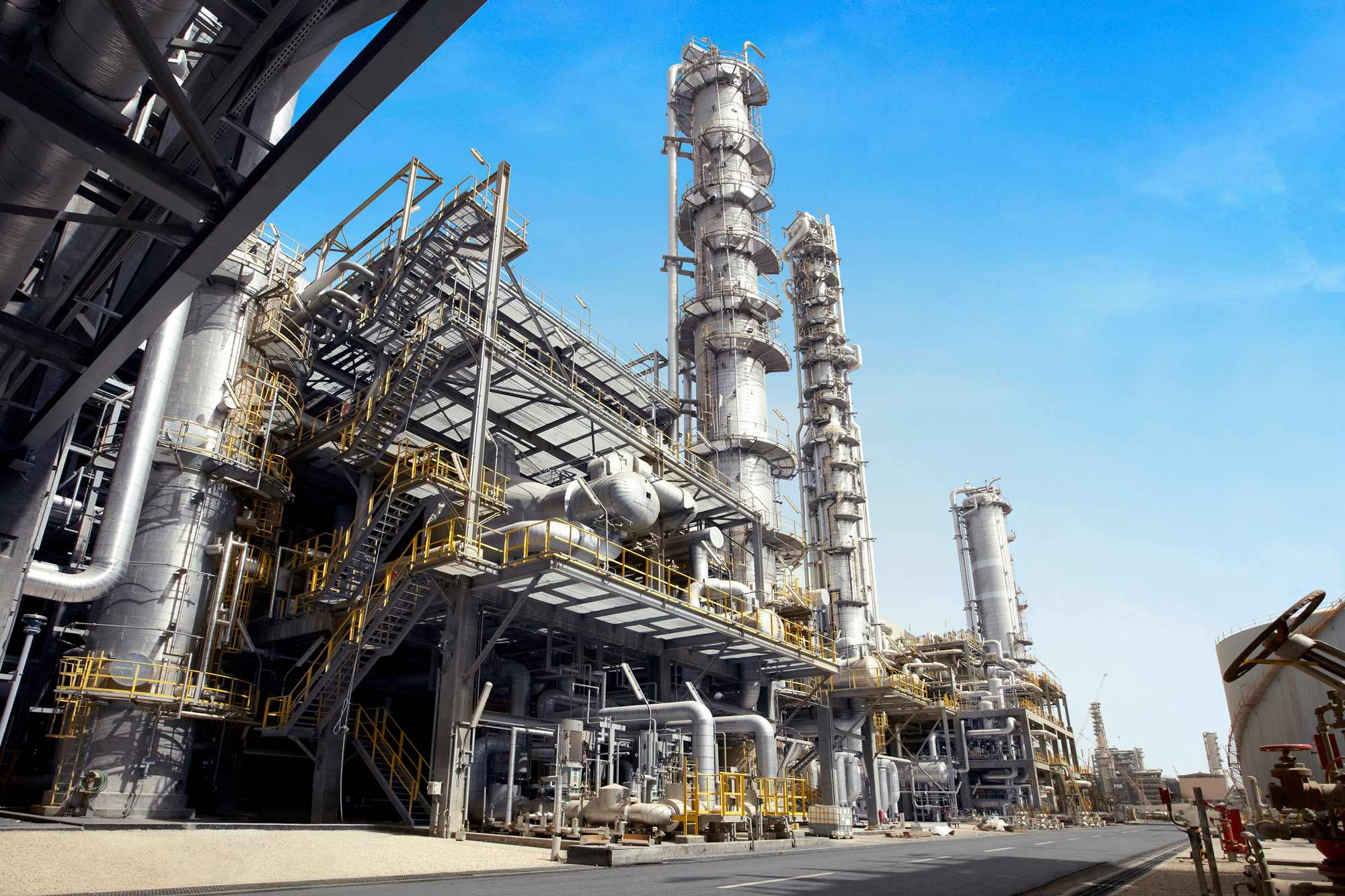
learn more
Chemical Processing
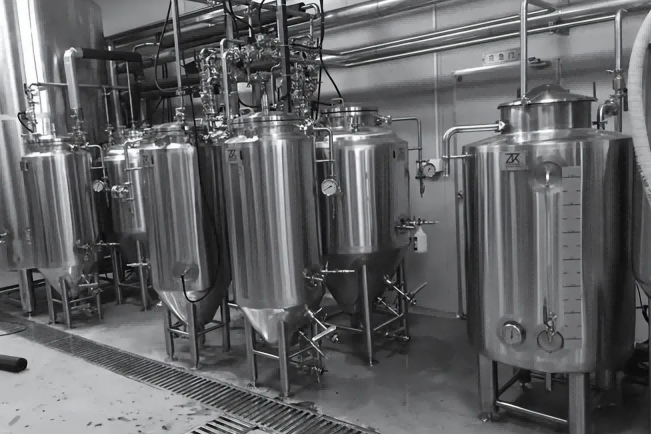
learn more
Pharmaceutical and Food
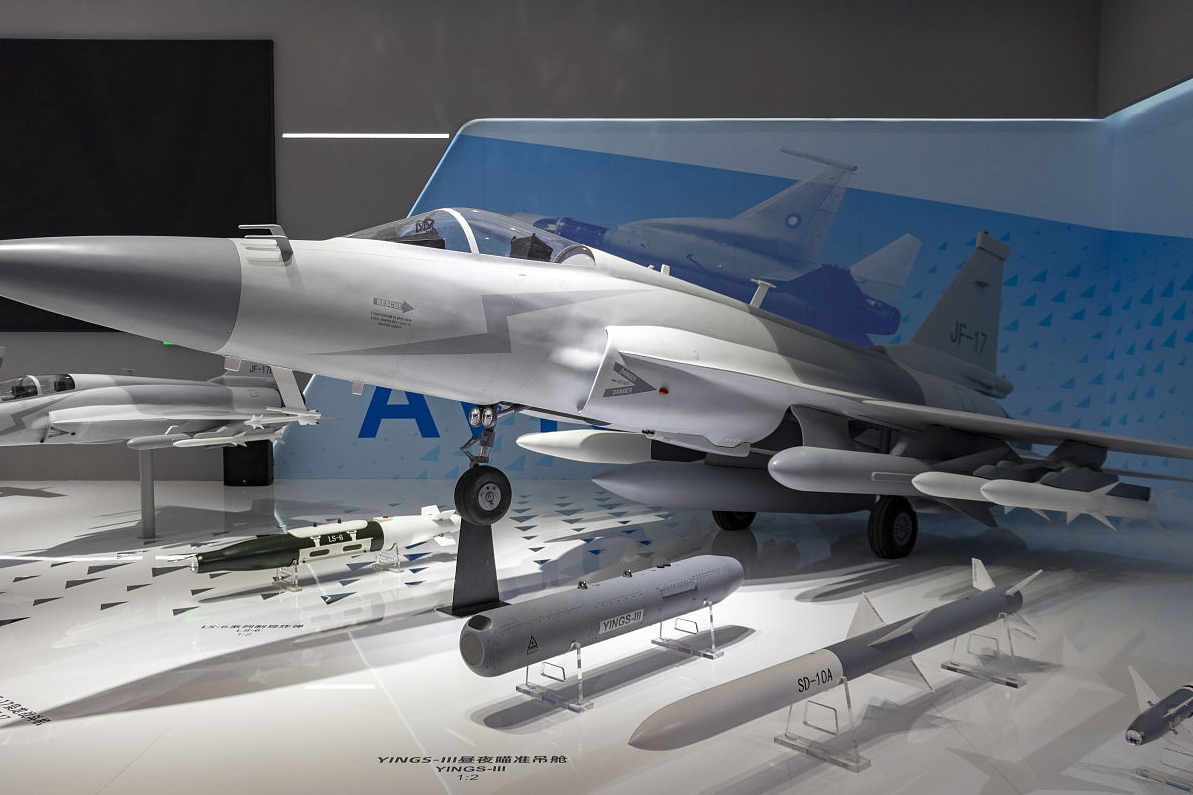
learn more
Military and Defense
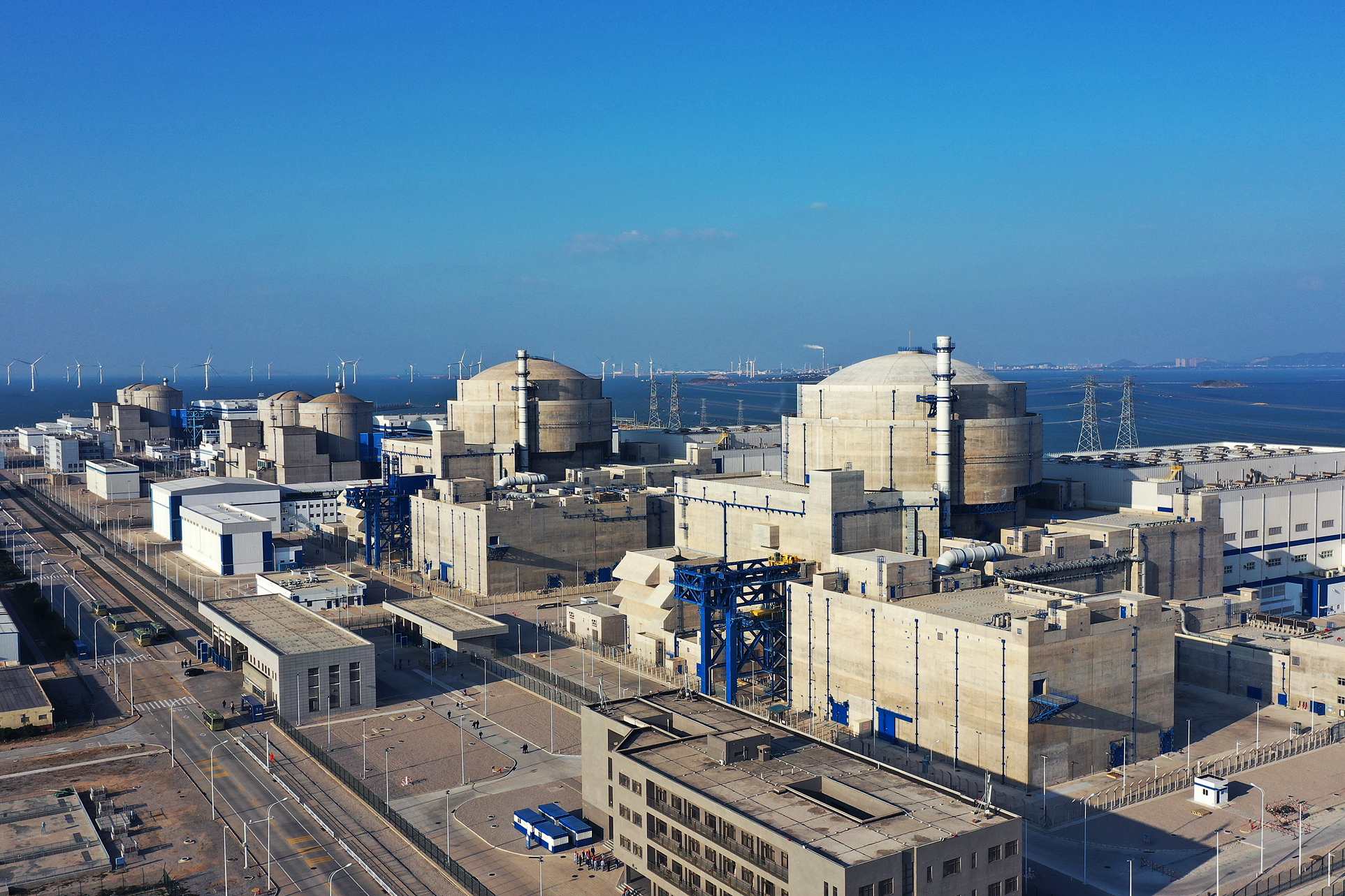
learn more
Nuclear
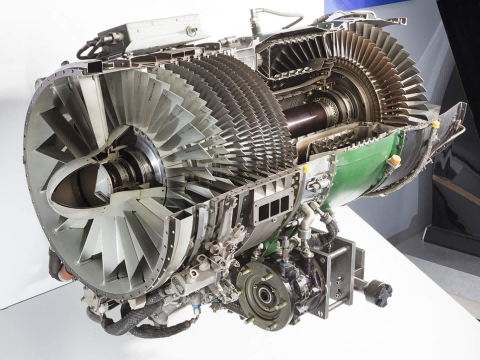
learn more
More Cases
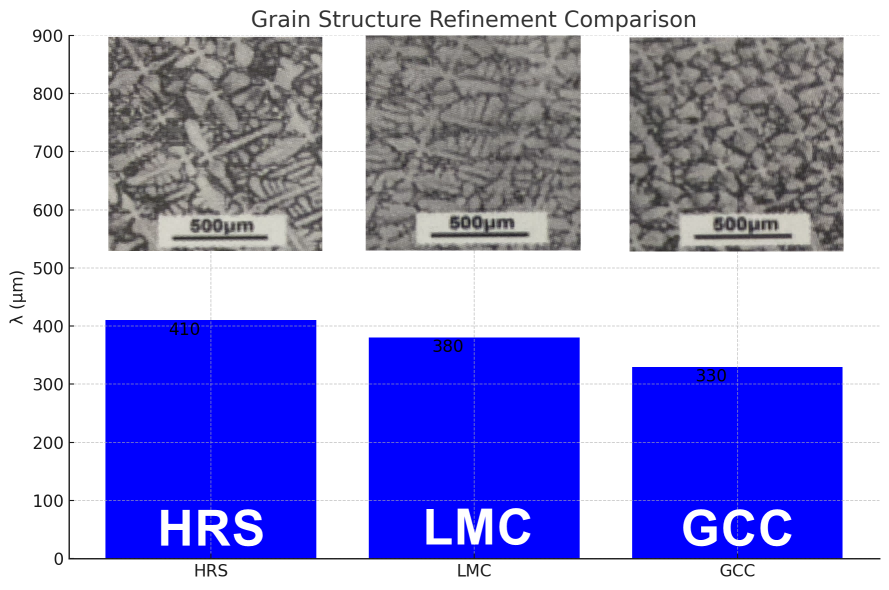
learn more
New Technology
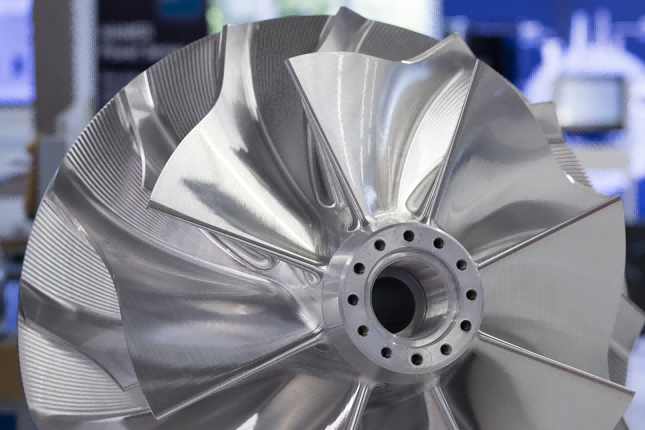
learn more
Products Gallery
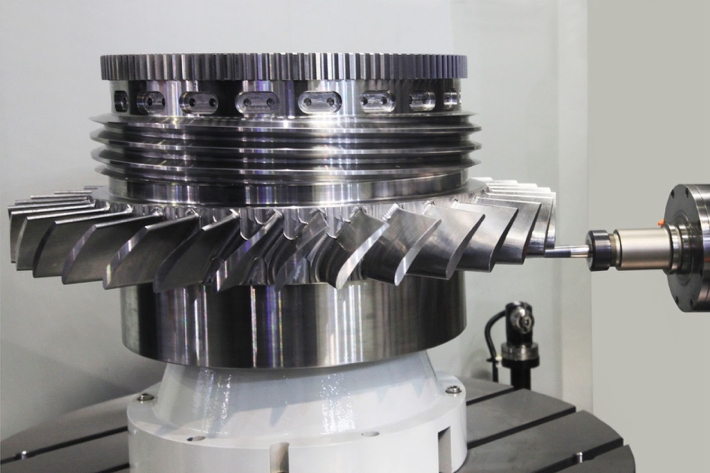
learn more
Various Industries
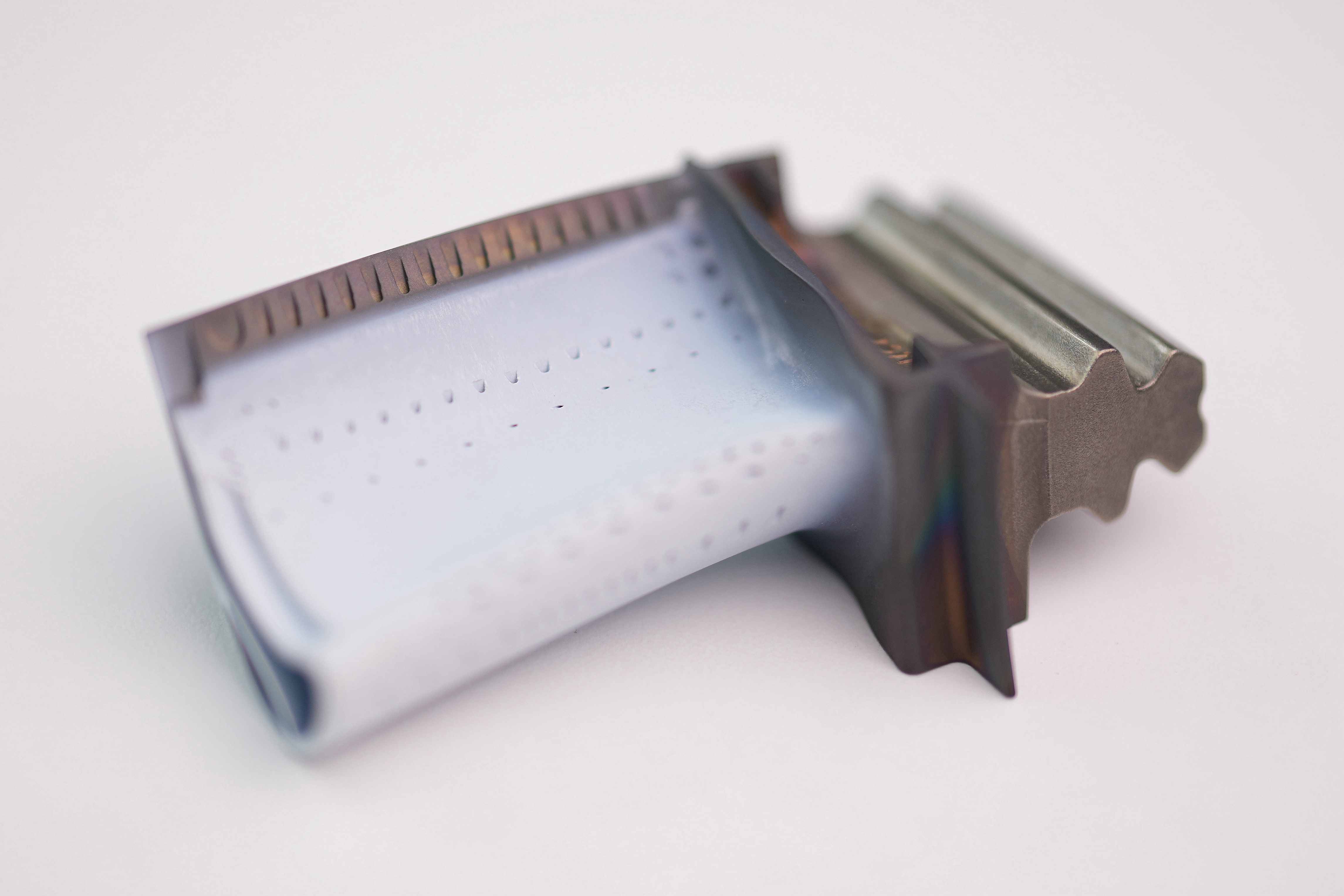
learn more
Surface Finishings
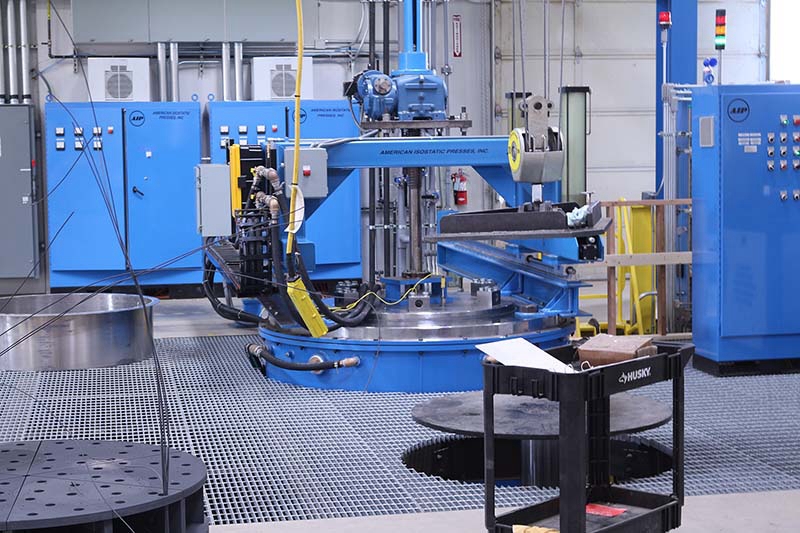
learn more
Post-Process
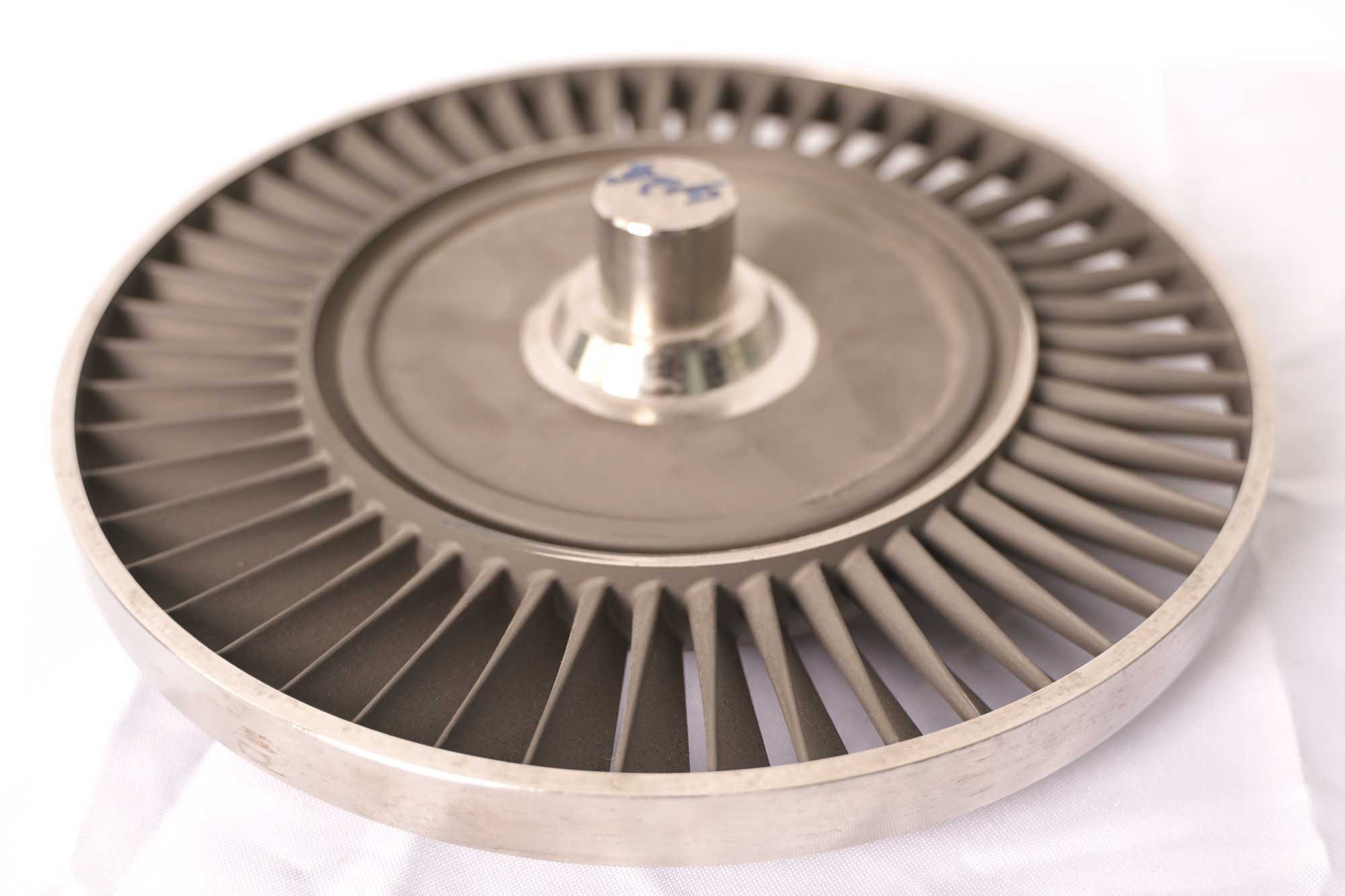
learn more
Manufacturing Technology
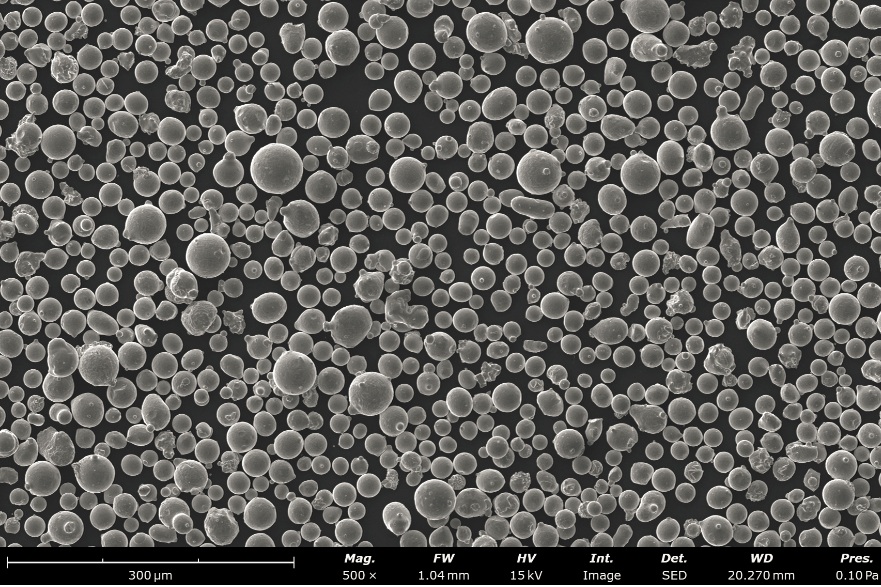
learn more
R&D and Simulation
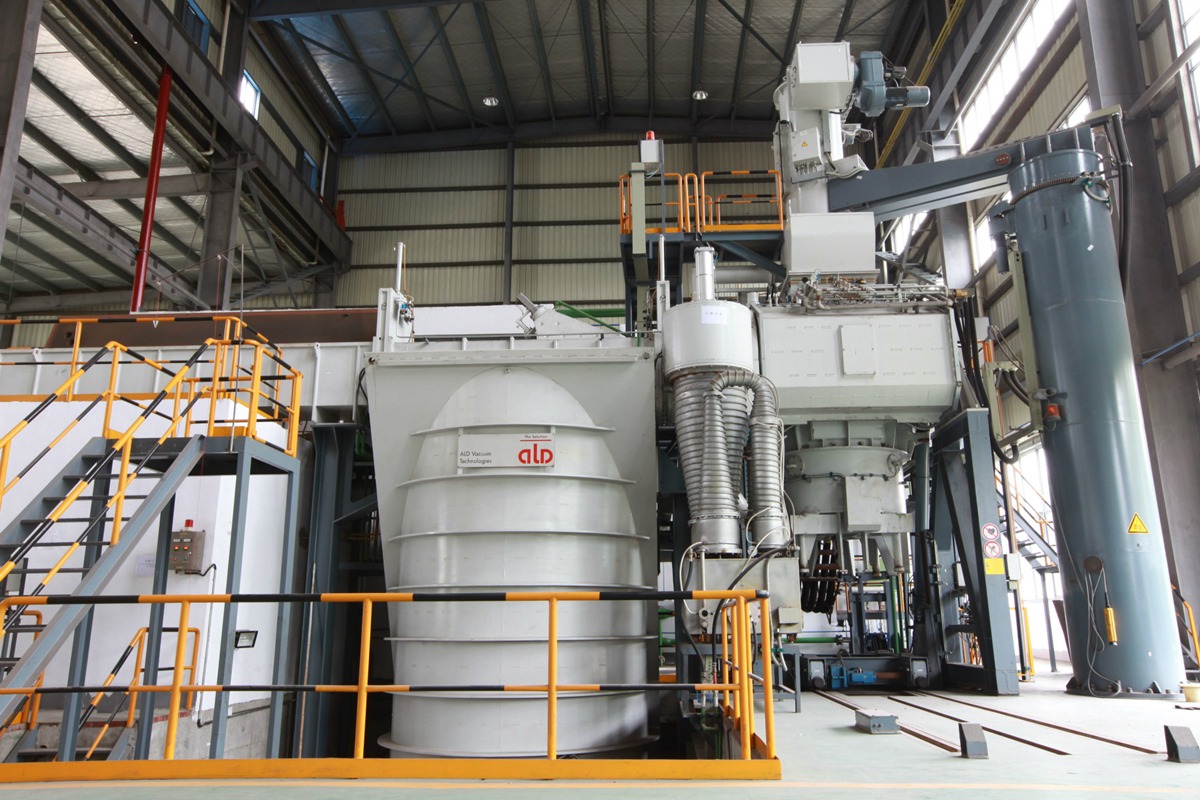
learn more
Manufacturing Equipments
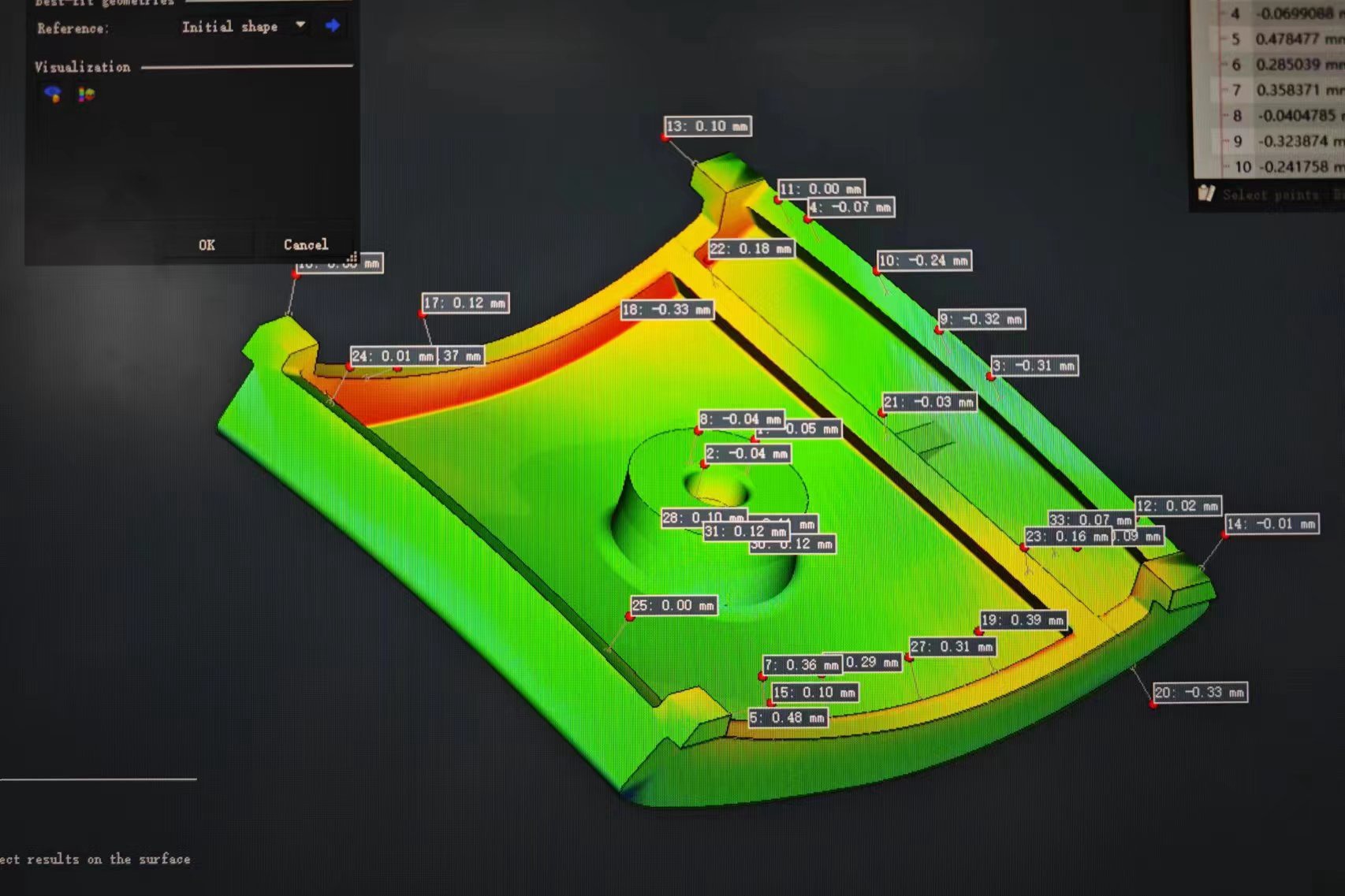
learn more
Testing Equipments

learn more
BLOGS

learn more
FAQs

learn more
Contact
CMSX Series High-temperature Alloy Parts Gallery
We have produced post-processed superalloy parts such as turbine blades, turbine discs, combustion chambers, and nozzle rings, using HIP, heat treatment, and CNC machining. These components deliver exceptional strength, durability, and heat resistance for aerospace and energy applications.
Let's Start A New Project Today
